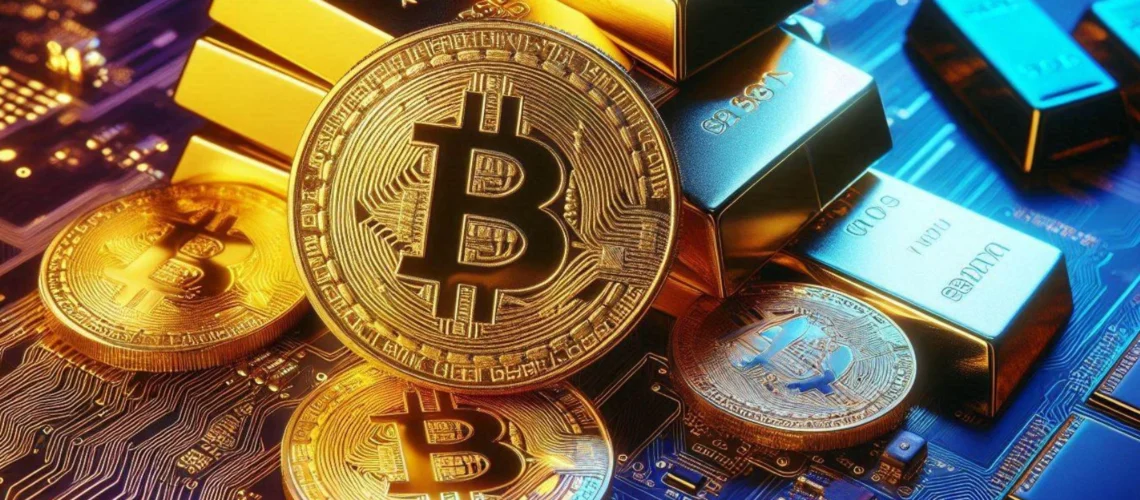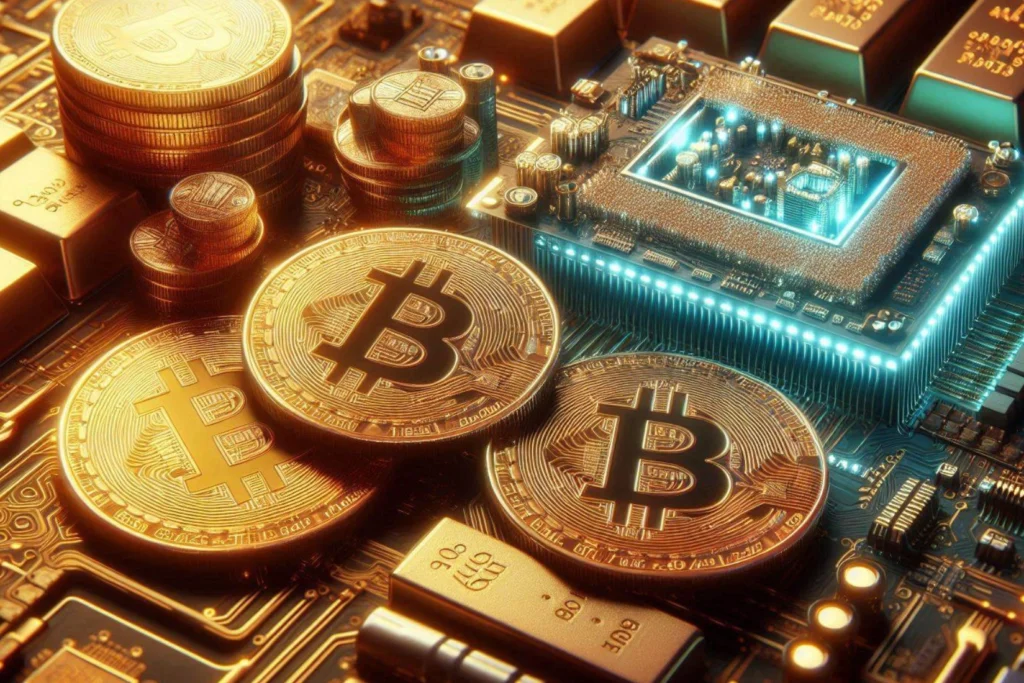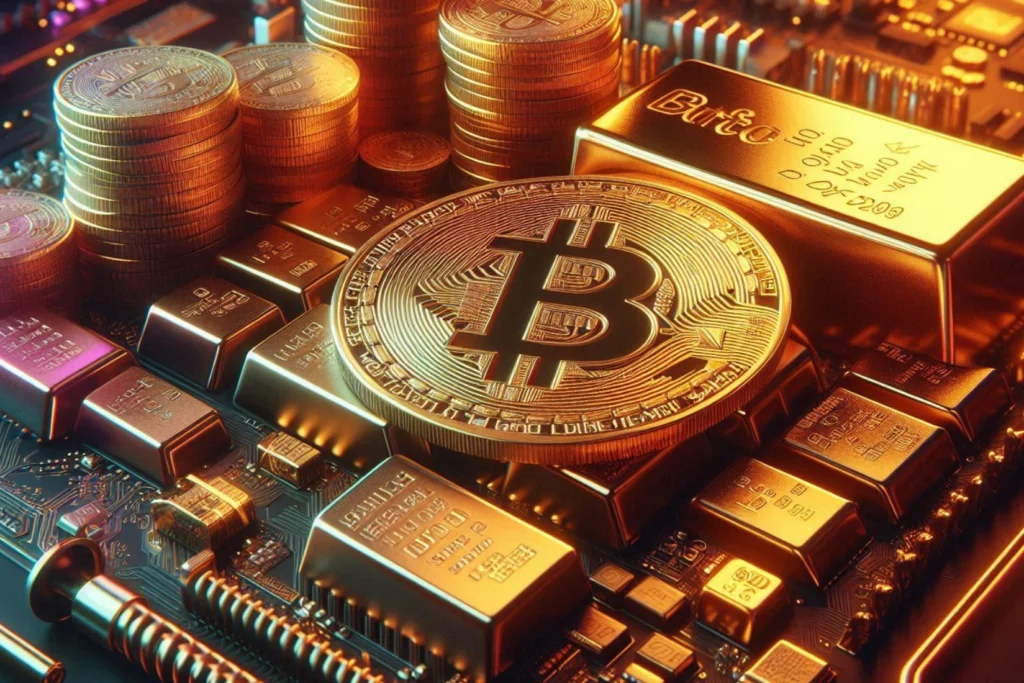Bitcoin as Digital Gold: The Real Upsides and Downsides
July 30, 2025

Bitcoin as digital gold — it’s a phrase that gets thrown around like it’s gospel. But behind the buzz, what does it really mean? Is Bitcoin actually the 21st-century version of gold… or are we all just being a little too optimistic?
Let’s take a step back and look at both sides of the argument. Here’s the good, the bad—and the uncertain.
Pro of Bitcoin as Digital Gold: Scarcity that mimics gold’s value proposition
Bitcoin isn’t infinite. Only 21 million will ever exist, and that cap is hard-coded into its design. Sounds a lot like gold, right?
That kind of built-in scarcity is part of why people view bitcoin as digital gold—both are limited, both require effort to “extract” (mining, but digital), and both resist inflation in ways paper money just… doesn’t.
This appeals to long-term thinkers, especially those skeptical of central banks printing cash like there’s no tomorrow. If gold is a hedge against inflation, Bitcoin is starting to look like the digital version of the same instinct.

Con of Bitcoin as Digital Gold: Wild volatility makes it unpredictable
Here’s the catch. Gold might be slow and steady, but Bitcoin? It’s been anything but.
Prices can soar—or crash—within days. And yeah, that’s exciting… if you’re a day trader. But for those looking for a store of value, that kind of unpredictability is a red flag. It’s hard to call something “digital gold” when it swings 15% on a tweet.
Stability is part of what makes gold attractive. Bitcoin, despite its strengths, hasn’t quite earned that reputation—yet.

Pro: Easy to store, send, and access
Gold’s got physical charm, but let’s be honest—it’s heavy, clunky, and kind of annoying to move around.
Bitcoin? You can store it on a USB drive, send it across continents in minutes, and access it 24/7—no vault needed. That kind of convenience gives it an edge in the modern world. Especially in countries with unstable economies, Bitcoin acts like a lifeline where traditional banking fails.
It’s freedom in a string of code. And to some, that’s more valuable than the shiniest bar of gold.

Con: Still relies on tech—and that’s a risk
Of course, there’s a flip side. No power, no internet, no Bitcoin. That’s a major point gold still wins.
Gold doesn’t need Wi-Fi. It doesn’t crash from bugs or hacks. Bitcoin may be secure in theory, but wallets can be lost, exchanges can be hacked, and governments? Well, they’re still figuring out how to regulate the whole thing.
So while Bitcoin shines in digital convenience, it’s not exactly bulletproof.

Pro: Gaining mainstream legitimacy
Here’s something interesting—more institutions are buying in. From hedge funds to big-name companies, Bitcoin’s slowly graduating from internet oddity to respectable asset.
That’s huge. Because the more it’s treated like digital gold, the more people might use it that way. Maybe not for your grocery bill—but as a long-term hold? It’s starting to make sense to more people.

Con: Still not universally accepted or understood
And yet… the majority of people still don’t fully get how Bitcoin works. Wallets, keys, blockchains—it’s a learning curve. And that complexity holds it back from truly replacing anything.
Until it’s easier to use and understand, Bitcoin probably won’t reach the same trust level that gold has spent centuries earning.

Final thoughts: Can we really call Bitcoin “digital gold”?
The idea of bitcoin as digital gold has some real legs. The scarcity is real. The portability is unmatched. The independence from central banks? Definitely a plus. But it’s also volatile, misunderstood, and still pretty young compared to, you know… thousands of years of gold.
So maybe the better question isn’t whether Bitcoin is digital gold—but whether it’s becoming it.
Relevant news: Why Bitcoin Is Called Digital Gold — And What That Really Means Today

